The Great Wall of Beijing is a famous section of the Great Wall of China. It showcases ancient Chinese engineering marvels.
The Great Wall of Beijing stretches over rugged terrain and offers stunning views. Constructed during various dynasties, it served as a defence mechanism against invasions. This section includes well-preserved parts like Badaling and Mutianyu, which are popular among tourists. The wall’s intricate design and historical significance make it a UNESCO World Heritage Site.
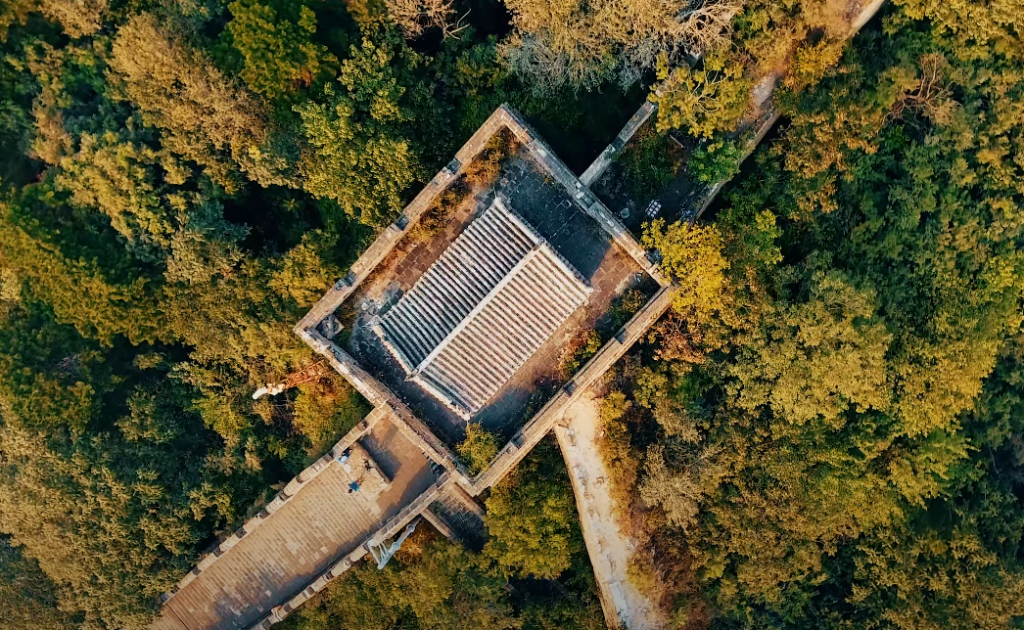
Exploring the Great Wall provides insight into China’s rich history and culture. Due to mild weather, visiting during spring or autumn offers the best experience. The Great Wall stands as a testament to human ingenuity and determination, attracting millions of visitors annually.
History Of The Wall
The Great Wall of Beijing is an incredible structure that stretches across Northern China. This wall is not just a wall but a symbol of China’s strength and history. People from all over the world visit to see its beauty and learn about its past. The History of the Wall is as fascinating as the wall itself.
Origins And Construction
The Great Wall of Beijing’s origins go back to the 7th century BC. The first walls were built by different states to protect against invasions. These early walls were made of earth and stones. Later, during the Qin Dynasty, Emperor Qin Shi Huang ordered the walls to be connected, creating the first version of the Great Wall.
The construction of the wall was a massive effort. Thousands of workers, including soldiers and prisoners, built it using earth, wood, and bricks. The wall was built to be strong and tall, and it also had watchtowers and forts.
- Time Period: 7th century BC to 17th century AD
- Materials Used: Earth, wood, bricks
- Main Builders: Soldiers, prisoners, and common people
Historical Significance
The Great Wall of Beijing has great historical significance. It was built to protect China from invasions by northern tribes. The wall was not just a barrier but also a way to control immigration and emigration. It allowed the Chinese to monitor trade and control the Silk Road.
Over the years, the wall has seen many battles and has been a witness to history. It has protected the Chinese civilization and culture. Today, the wall stands as a symbol of China’s strength and endurance. It tells the story of the people who built it and the history of the Great Wall.
Significance
Details
Protection Protected against invasions
Control Monitored immigration and emigration
Trade Controlled the Silk Road
The facts about the Great Wall of Beijing show its importance in Chinese history. It is more than just a wall; it is a symbol of a great civilization.
Table of Contents
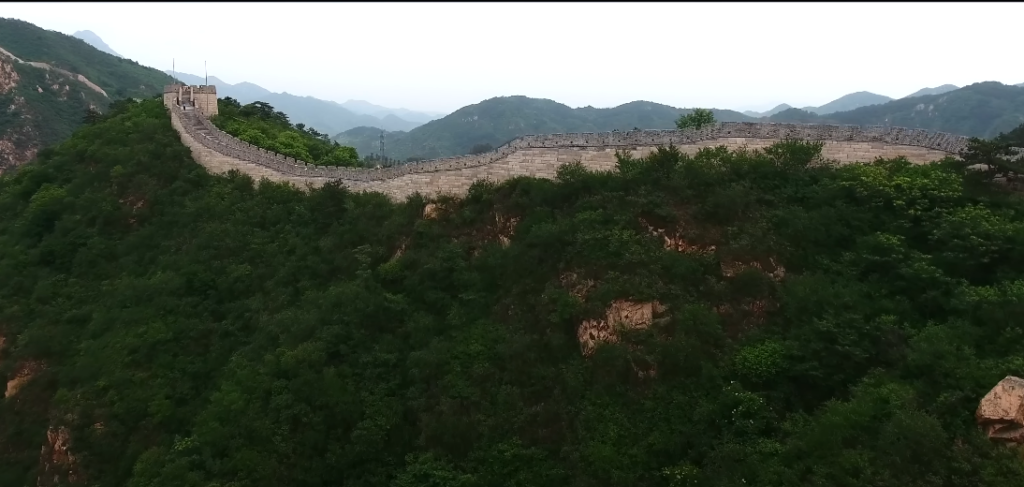
Architectural Features
The Great Wall of Beijing is one of the most incredible architectural feats in history. Stretching over thousands of miles, this ancient wall has fascinated people for centuries. Its construction showcases the ingenuity and dedication of ancient Chinese builders. The Great Wall’s architectural features are both complex and fascinating, revealing much about the era in which it was built.
Materials Used
The materials used in building the Great Wall of Beijing varied over time. Builders used whatever was available in the surrounding area.
In some regions, workers used:
- Rammed Earth: This was common in the earlier sections of the wall.
- Wood: Used in some parts where trees were plentiful.
- Stone: Found in mountainous areas and used for strength.
- Bricks became more common during the Ming Dynasty.
These materials provided different levels of strength and durability. The choice of materials depended on the region and the era of construction. The use of local materials made the construction more practical and efficient. The wall’s construction spanned many centuries, showcasing the evolution of building techniques over time.
Design Elements
The design elements of the Great Wall of Beijing are remarkable. Builders used clever techniques to enhance the wall’s defensive capabilities.
Key design elements include:
- Watchtowers: These were placed at regular intervals.
- Beacon Towers: Used to send smoke signals during the day and fire signals at night.
- Parapets: These provide protection for soldiers.
- Fortresses: Built at strategic points along the wall.
The wall also featured double walls in some sections. These provided extra protection against invaders. The design of the wall allowed soldiers to move quickly and efficiently. Each element served a specific purpose, contributing to the wall’s overall effectiveness. The design of the Great Wall is a testament to the ingenuity and foresight of its builders.
Cultural Impact
The Great Wall of Beijing is a marvel of ancient engineering. It stretches across northern China, with sections dating back over 2,000 years. Its cultural impact is vast and deep, influencing China in many ways. From being a strong symbol of the country’s strength to inspiring countless works of art and literature, the wall stands tall in history. Let’s explore how the Great Wall of Beijing has shaped Chinese culture.
Symbol Of China
The Great Wall of Beijing is a powerful symbol of China. It represents the strength and resilience of the Chinese people. Built to protect against invasions, it showcases the ingenuity of ancient Chinese engineers. Today, the wall stands as a testament to China’s rich history.
Several key aspects make the Great Wall a symbol:
- Protection: The wall was constructed to safeguard the Chinese empire.
- Unity: It brought different regions together to build a common defence.
- Endurance: The wall has withstood the test of time for over two millennia.
Tourists from all over the world flock to see this wonder. The best time to visit the Great Wall is during spring and autumn. The weather is pleasant, and the scenery is breathtaking. The Great Wall of China sections near Beijing are the most popular among visitors. They offer a glimpse into the past and present of this incredible structure.
Art And Literature
The Great Wall of Beijing has inspired countless works of art and literature. Artists and writers have been captivated by its grandeur for centuries. Many paintings depict the wall snaking through the mountains, highlighting its majestic beauty.
Chinese poets have written about the wall’s significance. Their poems often reflect on the wall’s role in protecting the nation and its people. Some famous lines include:
- “The Great Wall stands, mighty and long, protecting us from all wrong.”
- “In the shadow of the wall, our hearts remain strong and tall.”
Stories and legends about the wall have also been passed down through generations. These tales often focus on the heroism of those who built and defended the wall. One popular legend is about Meng Jiangnü, whose tears are said to have caused a section of the wall to collapse. This story symbolizes the human cost of building the wall.
The Great Wall continues to inspire modern artists and writers. Its legacy lives on in contemporary works, showing its enduring cultural impact. The Great Wall of Beijing is not just a structure; it is a source of endless inspiration and pride for the Chinese people.
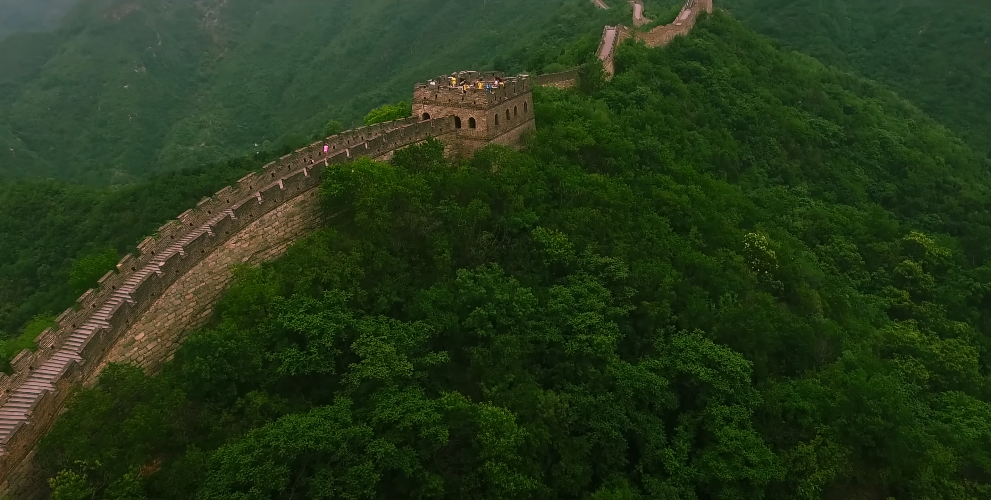
Tourist Experience
The Great Wall of Beijing is one of the most famous landmarks in the world. It stretches over 13,000 miles and has a rich history. Many people visit the Great Wall to see its beauty and learn about its past. This guide will help you have the best tourist experience. From the best viewing spots to useful tips, you’ll find everything you need here.
Best Viewing Spots
Many spots along the Great Wall of Beijing offer stunning views. Some of the best places to visit include:
- Badaling: This is the most popular spot. It is well-preserved and easy to walk.
- Mutianyu: This area is less crowded and has beautiful scenery. You can take a cable car here.
- Jinshanling: This part is great for hiking. It has many original features.
- Simatai: This section is known for its steep climbs. It is challenging but worth it.
Each of these spots offers something unique. Whether you want an easy walk or a tough hike, you will find a place that suits you. Taking the time to explore different sections can make your visit more enjoyable.
Visitor Tips
Visiting the Great Wall of Beijing can be an unforgettable experience. Here are some tips to make your visit smoother:
- Wear comfortable shoes: The wall has many steps and uneven surfaces.
- Bring water and snacks: There are limited places to buy food and drinks.
- Check the weather: It can be very hot in summer and cold in winter.
- Go early or late: Visiting in the early morning or late afternoon can help you avoid crowds.
- Learn about the history: Knowing why the Great Wall was built can make your visit more meaningful.
These tips will help you have a better experience. A Great Wall Beijing tourist guide can also be useful. They can provide more insights and make your visit more enjoyable.
Conservation Efforts
The Great Wall of Beijing is an ancient structure that stretches over 13,000 miles and has a rich history and cultural significance. Many people ask why the Great Wall was built. It was built to protect against invasions. Over time, parts of the wall have deteriorated, so conservation efforts are crucial. These efforts aim to preserve its beauty and history. Let’s explore some of the restoration projects and challenges faced.
Restoration Projects
Various restoration projects have been initiated. These projects help maintain the Great Wall of Beijing. Here are some key initiatives:
- Brick Replacement: Old bricks are replaced with new ones.
- Vegetation Removal: Overgrown plants are cleared away.
- Structural Reinforcement: Weak sections are strengthened.
- Tourist Management: Limiting the number of visitors to prevent damage.
Brick replacement is crucial. Many bricks need to be worn out, and new bricks ensure stability. Vegetation removal helps prevent damage. Overgrown plants can weaken the wall. Structural reinforcement is also important. It ensures the wall remains strong. Finally, tourist management is necessary. Too many visitors can cause wear and tear. These projects are ongoing, requiring time and effort, but they are essential for preserving this historic site.
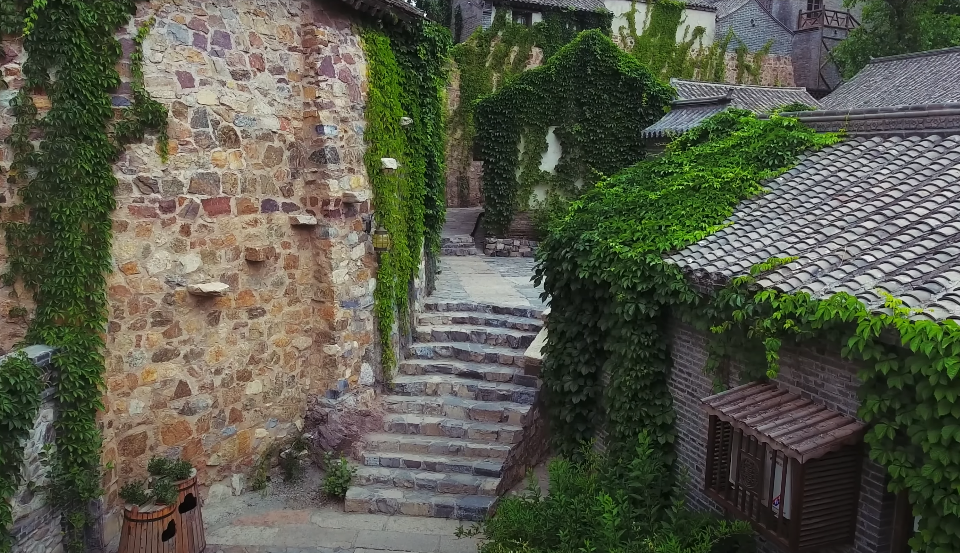
Challenges Faced
Maintaining the Great Wall of Beijing takes work. Several challenges arise during conservation efforts. Here are some of the main issues faced:
- Weather Conditions: Extreme weather can cause damage.
- Human Activity: Vandalism and littering are common.
- Resource Allocation: Limited funds for restoration work.
- Access Issues: Remote sections are hard to reach.
Weather conditions pose a big challenge. Heavy rain and strong winds can erode the wall. Human activity also impacts the wall. Vandalism and littering are serious problems. Resource allocation is another issue. There is only sometimes enough money for restoration projects. Finally, access issues make work difficult. Some parts of the wall are very remote. These challenges make conservation efforts tough. But with dedication, progress is being made.
Frequently Asked Questions
What Is The Great Wall Of Beijing?
The Great Wall of Beijing is part of the Great Wall of China, an ancient series of walls and fortifications.
How Long Is The Great Wall Of Beijing?
The length of the Great Wall of Beijing is approximately 550 kilometres.
Why Was The Great Wall Built?
The Great Wall was built to protect against invasions and raids by nomadic tribes from the north.
Can You Walk On The Great Wall?
Yes, many sections of the Great Wall are open to the public for hiking and walking.
What Is The Best Time To Visit?
The best time to visit the Great Wall is during spring (April-May) and autumn (September-October) for pleasant weather.
Conclusion
Visiting the Great Wall of Beijing offers a glimpse into China’s rich history and architectural prowess. This iconic landmark provides breathtaking views and unforgettable experiences. Whether you are a history enthusiast or a casual traveller, the Great Wall promises an adventure you won’t forget.
Plan your visit and explore this ancient marvel today.


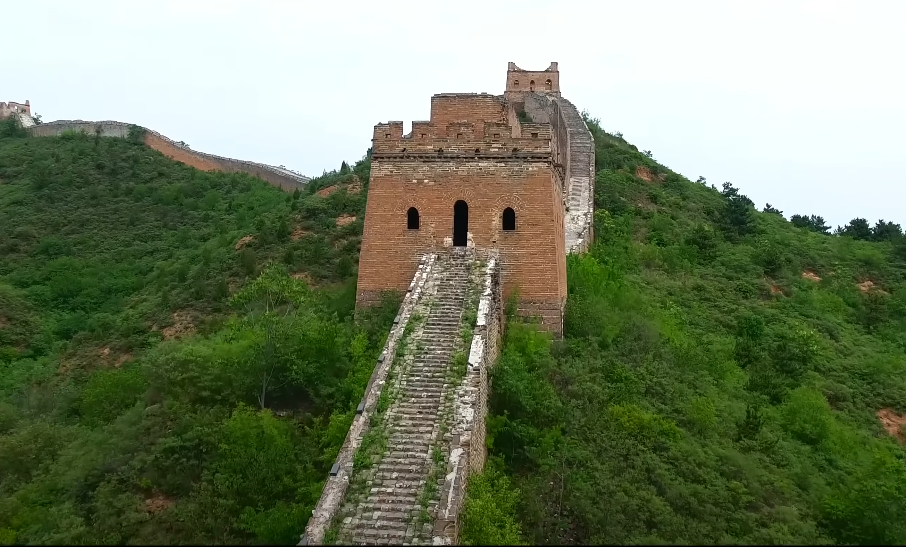






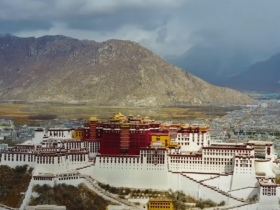
Leave a Review